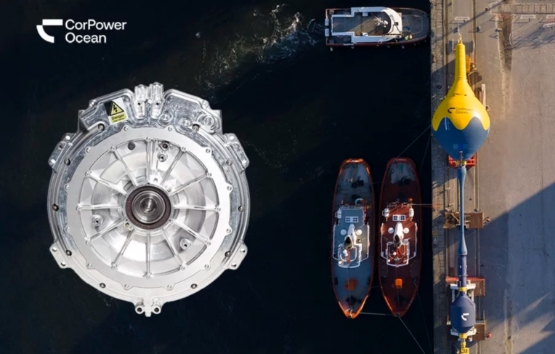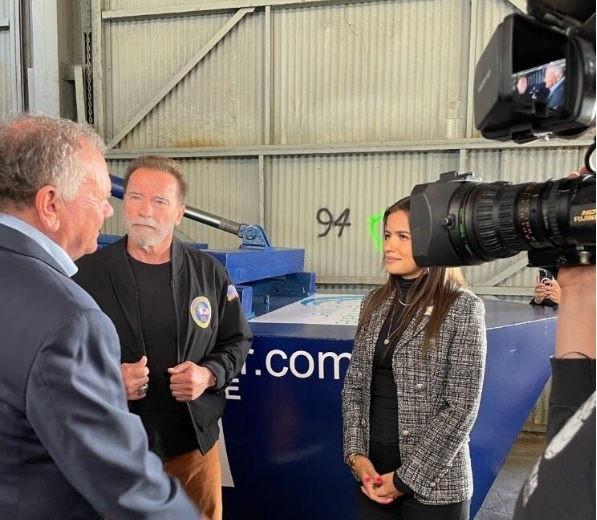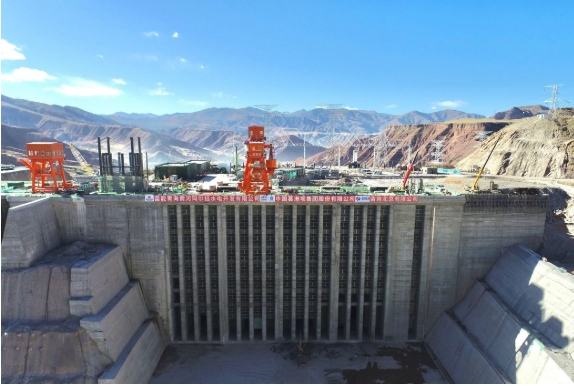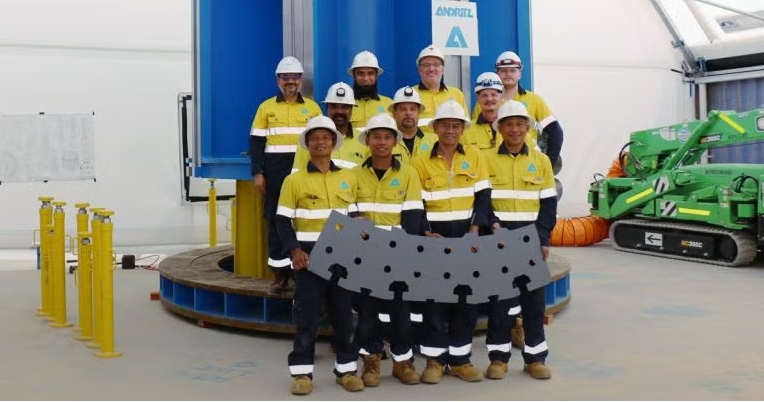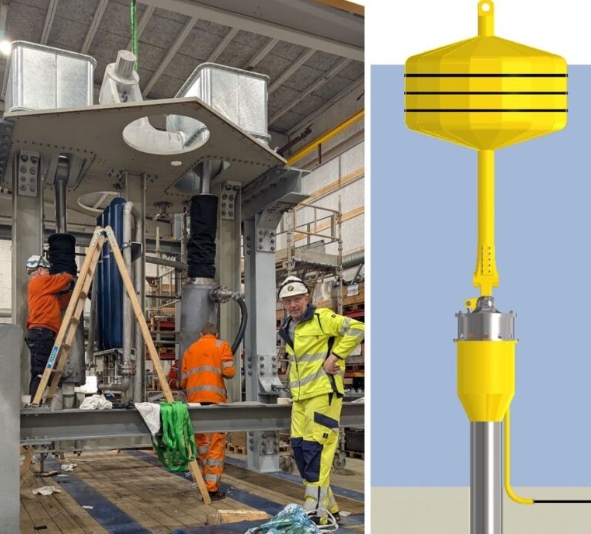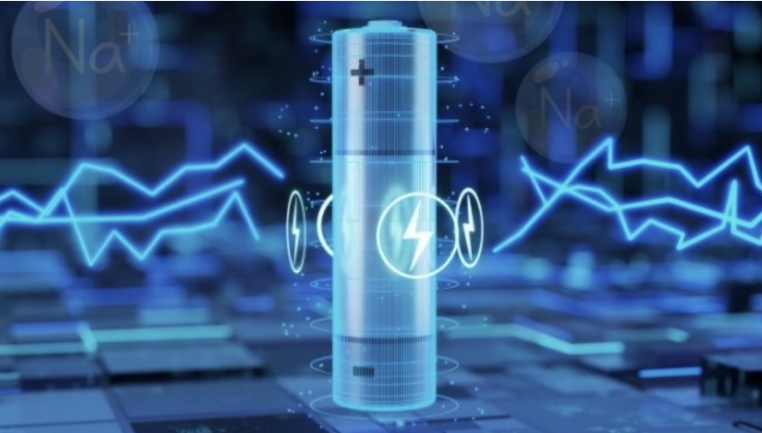
Sodium-Ion EV Batteries Have Some Catching Up To Do
Sodium-ion EV batteries need one last good push to propel themselves into the mainstream market. Although China has begun introducing the technology in EV batteries, researchers have had a tough time getting salt to hold up under repeated cycles of charging and discharging. Charging speed and battery range are a work in progress, too. Unless the energy density issue is resolved, sodium-ion batteries will also continue to weigh considerably more than their lithium counterparts (see more sodium-ion background here).
Partly due to the weight issue, much of the sodium-ion R&D activity here in the US has focused on stationary energy storage applications. In that area, marketable products are beginning to emerge. The energy storage startup Peak Energy, for example, is billed as the “first American venture to advance sodium-ion battery systems,” with newly expanded facilities in Colorado. Helping things along is the US Department of Energy’s Pacific Northwest National Laboratory, which has just been tapped to lead a new four-year grid-focused research effort aimed at improving both energy density and lifespan.
“Sodium is an abundant, widely available, and cost-effective element. Additionally, sodium-based batteries have high thermal stability, reducing the risk of overheating and fire, making them a practical option for widespread use,” PNNL explains.
The Vanadium Solution
Those same attributes make sodium an ideal foundation for EV batteries, and a bi-national research team based in Texas has tapped vanadium to help make that happen.
Spearheaded by the Canepa Research Laboratory at the University of Houston with contributions from scientists in France, the research effort combined theoretical evaluation and experimental validation to introduce a new material called sodium vanadium phosphate [NaxV2(PO4)3] into the sodium-ion battery field.
With the addition of vanadium, sodium ions in the new formula can move about more efficiently during charge/discharge cycles. The Canepa lab team also raised the energy density of compared to a sodium-ion base case by more than 15%. “With a higher energy density of 458 watt-hours per kilogram (Wh/kg) compared to the 396 Wh/kg in older sodium-ion batteries, this material brings sodium technology closer to competing with lithium-ion batteries,” the University of Houston reported on December 20.
Kicking Sodium-Ion EV Battery Research Into High Gear
Don’t hold out for those sodium-ion EV batteries just yet. The lead researcher of the lab, Pieremanuele Canepa, dropped a hint that stationary energy storage would be the initial focus of commercialization. “Sodium is nearly 50 times cheaper than lithium and can even be harvested from seawater, making it a much more sustainable option for large-scale energy storage,” Canepa noted.
Still, the potential for application to EV batteries is a tantalizing one. Vanadium can maintain its stability in different states, which explains why it is commonly used in flow batteries. As applied by the Canepa team, vanadium enabled the battery to remain stable while charging and discharging, resulting in a continuous voltage of 3.7 volts. In comparison, the lab cites 3.37 volts for other sodium-ion battery formulas.
“The continuous voltage change is a key feature,” Canepa explained in a press statement. “It means the battery can perform more efficiently without compromising the electrode stability. That’s a game-changer for sodium-ion technology.”
With that in mind, let’s take a look at yet another newly established US sodium-ion battery consortium. Organized under the title of LENS for Low-cost Earth-abundant Na-ion Storage, the new consortium is spearheaded by Argonne National Laboratory under a $50 million, five-year Energy Department grant to tasked with focusing on EV batteries as well as grid storage.
“LENS will be part of a growing portfolio within DOE on sodium-ion batteries, which includes research into the use of this emerging chemistry in electric vehicle and grid storage applications,” the lab emphasizes.
Supply Chain Security And The Sodium-Ion EV Batteries Of The Future
Presuming that the Energy Department, and its programs, and its laboratories, all survive the next four years more or less intact, the over-arching goal of the LENS consortium is to diversify the domestic battery supply chain, which today depends almost exclusively on lithium-ion chemistry. New domestic sources of lithium are emerging, including mines, battery recycling, and next-generation brine recovery, but Argonne advises that cobalt and nickel are also involved.
“Relying on any single battery chemistry, however, creates vulnerabilities, and the dominant batteries today include the critical elements of lithium, cobalt and nickel. Sodium, as an abundant element, can reduce risk and increase supply chain resilience by providing a wider variety of cost-effective options,” the lab notes.
“The U.S. is particularly well-suited to supply both the raw materials and innovation for sodium-ion technology because the country produces a substantial amount of the world’s sodium chloride (table salt) and sodium,” they add, emphasizing that sodium-ion batteries contain no cobalt or nickel.
Specifically, the consortium is taking on the challenge of formulating sodium-ion batteries with a higher energy density than phosphate-based lithium-ion batteries, so it’s no surprise to see the University of Houston the eight academic partners in the LENS consortium. The other seven are Florida State University, Virginia Tech, and the universities of California San Diego, Illinois Chicago, Maryland, Rhode Island, and Wisconsin–Madison
Sodium or not, the age of low-cost EV batteries can’t come a moment too soon for electric vehicle stakeholders in the US, who are facing a new period of challenge as the initial wave of well-heeled early adopters gives way to more budget-conscious mobility seekers. Some EV-curious bargain hunters are also turning to the used EV market and to EV leases, which can also make a dent in new car sales.
The expense of buying a new car of any type, electric or not, is another factor to consider when many households are squeezed for food, rent, and other essentials. Opportunities to get around by mass transit, bicycle, two-wheeled vehicles, or plain old feet can also factor into the decision-making process.
Image (cropped): Researchers are deploying vanadium to develop a new generation of high performing, low cost sodium-ion EV batteries and stationary energy storage systems (courtesy of University of Texas).
